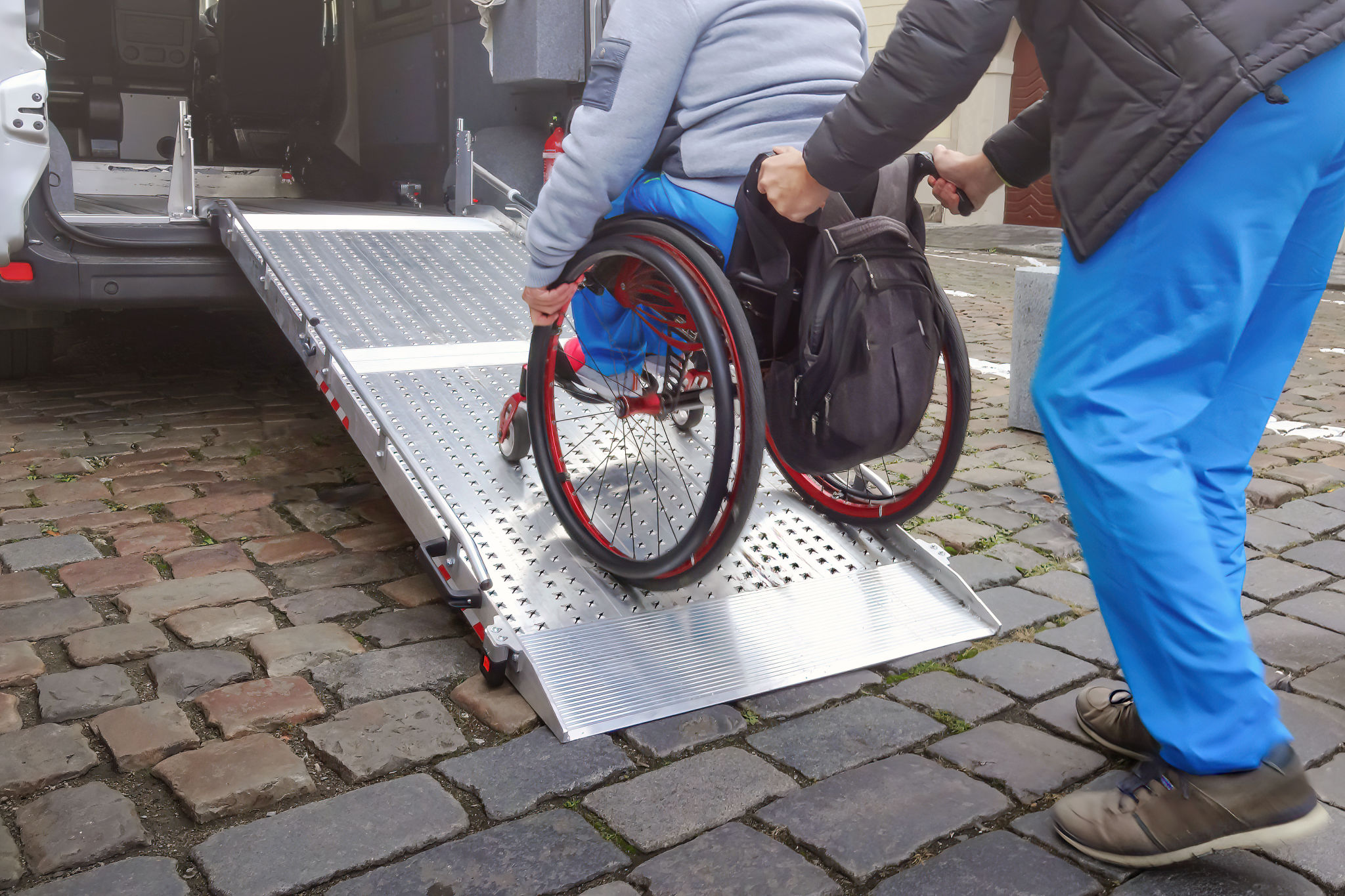Understanding the Role of Non-Emergency Ambulance Transport for Patient Care
Introduction to Non-Emergency Ambulance Transport
When discussing patient care, most people's minds immediately jump to emergency medical services. However, there is another crucial component of healthcare transportation: non-emergency ambulance transport (NEAT). NEAT plays a vital role in ensuring that patients receive timely and appropriate care, especially those who need regular medical appointments but do not require urgent medical intervention.

The Essential Functions of NEAT
Non-emergency ambulance transport is primarily designed to assist patients who need transportation to and from medical facilities but are not in an acute medical crisis. This service supports individuals with mobility challenges, chronic illnesses, or those recovering from surgery. By providing a safe and comfortable mode of transport, NEAT helps patients access necessary healthcare without the stress and physical exertion that other forms of transport might entail.
Who Benefits from NEAT?
There are several groups of patients who benefit significantly from non-emergency ambulance services. These include:
- Patients with chronic conditions requiring regular treatments like dialysis or chemotherapy.
- Elderly individuals who may have mobility issues and are unable to drive themselves.
- Individuals undergoing physical rehabilitation who need to visit clinics regularly.

The Importance of Safety and Comfort
One of the main advantages of NEAT is the emphasis on patient safety and comfort. Vehicles used in these services are equipped with specialized features to accommodate patients with various needs. This includes wheelchair lifts, stretchers, and medical equipment that can provide basic monitoring and support during transit. The staff accompanying these transports are trained to handle medical equipment and provide basic care, ensuring that patients remain stable and comfortable throughout their journey.
Cost-Effectiveness of Non-Emergency Ambulance Services
Utilizing non-emergency ambulance transport can also be more cost-effective compared to emergency transport services. Since NEAT is scheduled in advance, it allows for more efficient resource allocation and planning, thereby reducing operational costs. This efficiency can translate into lower costs for patients and healthcare providers alike, making it a financially viable option for routine medical transportation.
Navigating Insurance and Coverage
An important consideration for patients using NEAT is understanding insurance coverage. Many insurance plans offer partial or full coverage for non-emergency medical transportation, particularly for patients with chronic conditions requiring frequent treatment. It's crucial for patients and caregivers to consult with their insurance providers to understand the specifics of coverage, including any possible copayments or limitations on service frequency.

Coordinating Care with Healthcare Providers
A seamless experience with non-emergency ambulance transport often involves coordination between healthcare providers, patients, and transport services. Effective communication ensures that patient needs are met promptly and that all parties are aware of schedules and any special requirements. This coordination helps prevent delays in treatment and enhances the overall patient care experience.
The Future of Non-Emergency Ambulance Transport
The role of NEAT in patient care is expected to grow as the healthcare landscape evolves. With an increasing focus on patient-centered care and the management of chronic illnesses, non-emergency transport services will continue to be an essential part of healthcare strategy. Advances in technology and logistics will likely enhance these services, offering even more personalized and efficient care solutions for patients.
In conclusion, non-emergency ambulance transport is a critical component in the healthcare system that provides necessary support to patients who require assistance in accessing medical care. By ensuring safety, comfort, and cost-effectiveness, NEAT contributes significantly to improving patient outcomes and enhancing the quality of life for many individuals.
